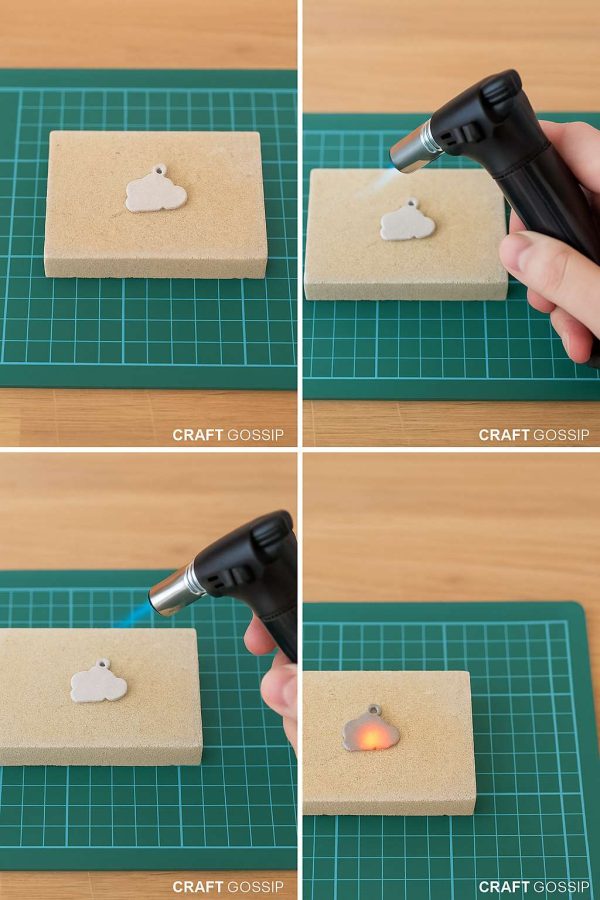
Candles are a great way to add warmth and ambiance to any space. However, store-bought candles can be quite expensive, and some people are allergic to the chemicals used in many commercial candles. The good news is that you can easily make your own candles at home using natural ingredients and scents. Not only is it cost-effective, but it’s also a fun and creative activity that you can do with friends and family.
If you’re new to candle making, it can seem a little daunting at first. But with a few basic supplies and some simple instructions, you can make candles that look and smell amazing. All you need is some wax, a wick, a melting pot, and some essential oils or fragrance oils to add scent.
There are different types of wax that you can use for candle making, including soy wax, beeswax, and paraffin wax. Soy wax is a popular choice because it’s eco-friendly, biodegradable, and burns cleanly. Beeswax is another natural option that has a lovely honey scent and a beautiful golden color. Paraffin wax is the most common wax used in commercial candles but may contain harmful chemicals.
When it comes to choosing a scent for your candles, the options are endless. You can use essential oils, fragrance oils, or a combination of both. Essential oils are natural and have therapeutic benefits, while fragrance oils come in a variety of scents and are synthetic.
The process of making candles involves melting the wax in a double boiler, adding the scent, pouring the wax into a container, and adding the wick. Once the wax has cooled and solidified, you can trim the wick and enjoy your beautiful homemade candle.
Overall, making your own candles is a rewarding and enjoyable experience. Not only do you get to customize the scent and appearance of your candles, but you also get the satisfaction of knowing that you created something with your own hands. With a little bit of practice, you’ll be making candles that are just as good (if not better!) than store-bought ones.
this article shows you how to get started in the art of DIY candle making.


